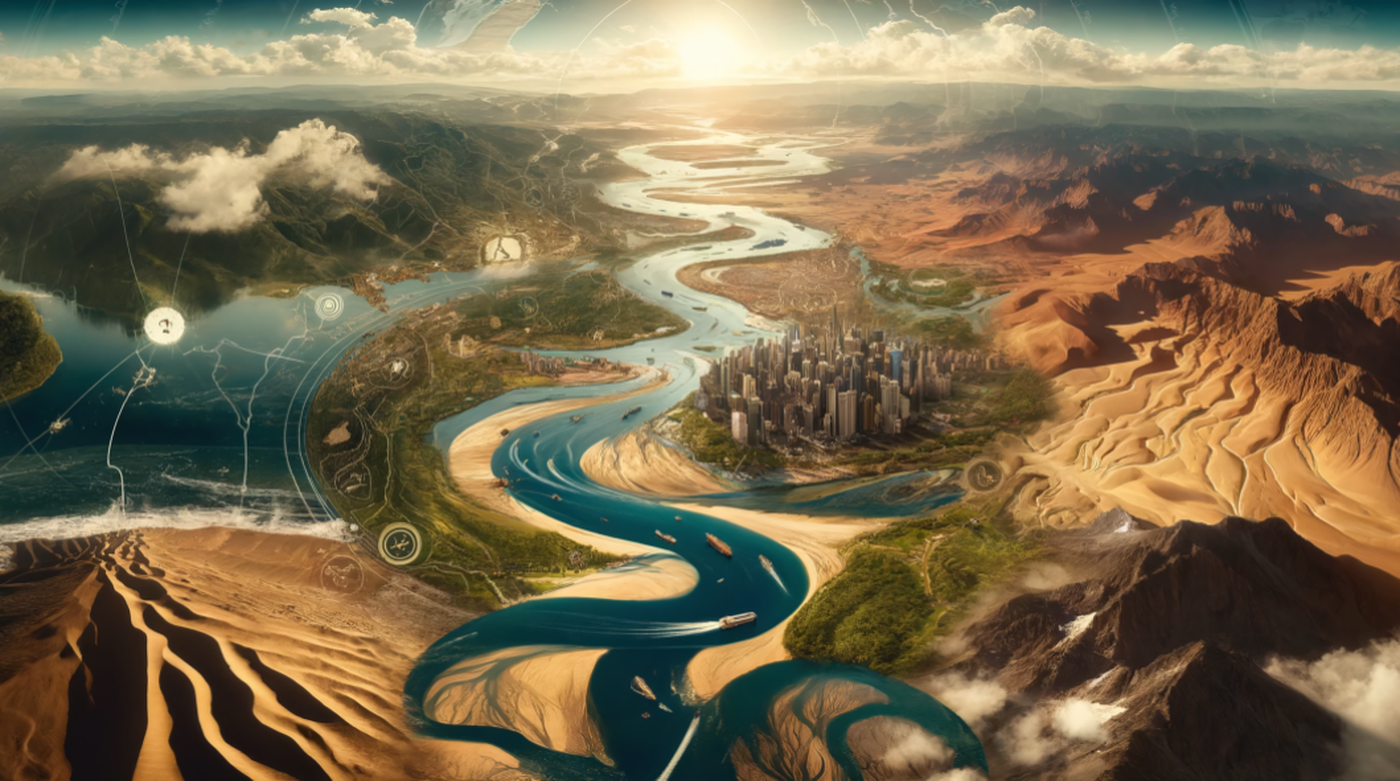Rivers have carved their way through earth’s landscapes, acting not just as water bodies but as lifelines to the civilizations they nourish. These natural wonders span continents and play pivotal roles in agriculture, transportation, and energy.
Nile River: Africa’s Lifeline
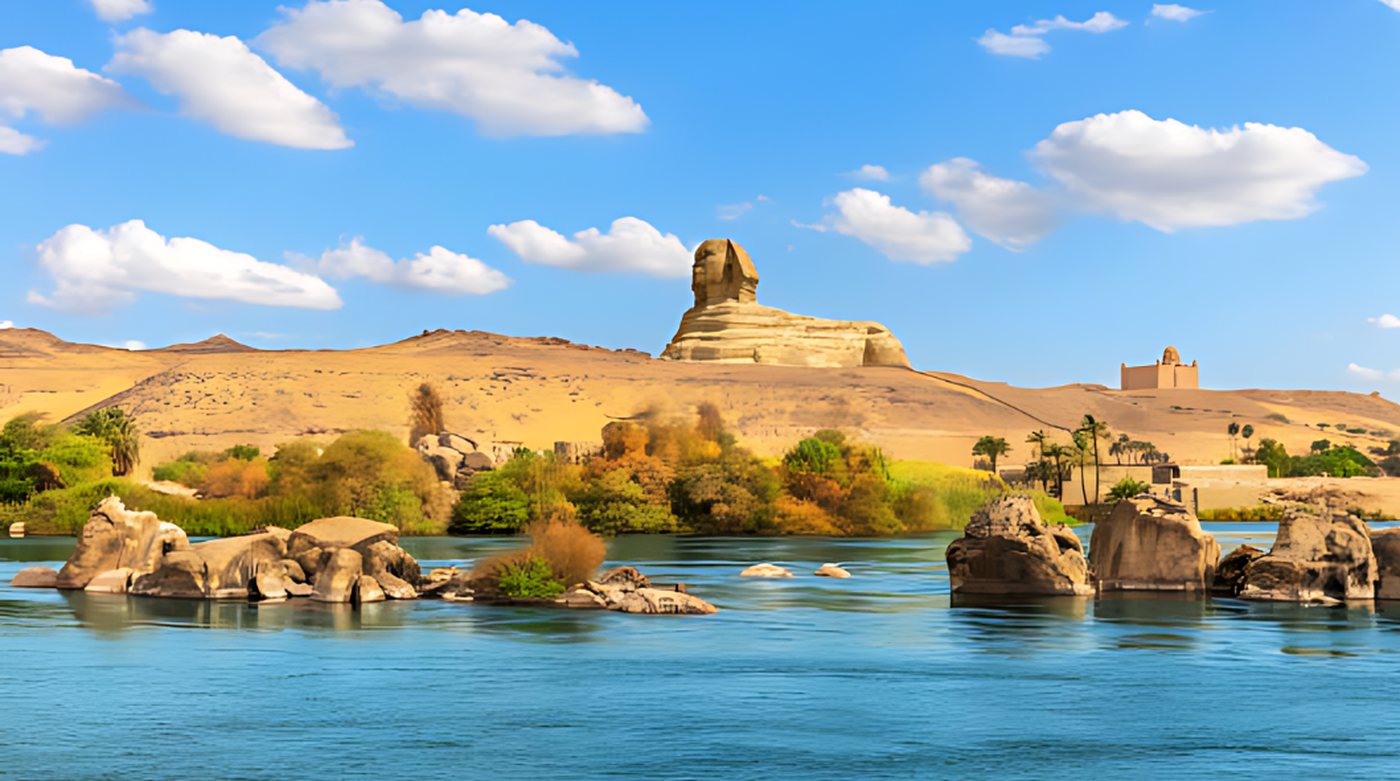
Origin and Path
The Nile, stretching 6,650 kilometres, begins in East Africa and flows northward through Egypt into the Mediterranean Sea.
Cultural and Economic Importance
It’s the backbone of Egypt’s agriculture and a historical cradle of civilization, supporting diverse cultures from ancient times.
Amazon River: The Heart of a Rainforest
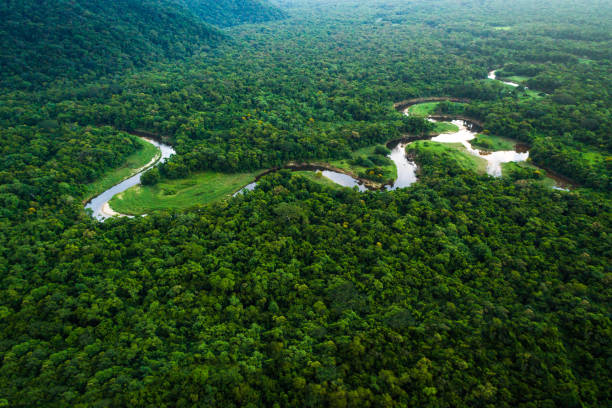
source: istock
Origin and Path
Originating from the Peruvian Andes, the Amazon travels about 6,400 kilometres across South America.
Biodiversity and Environment
It flows through the world's largest rainforest, housing unmatched biodiversity and vital to global climate regulation.
Yangtze River: China’s Golden Waterway
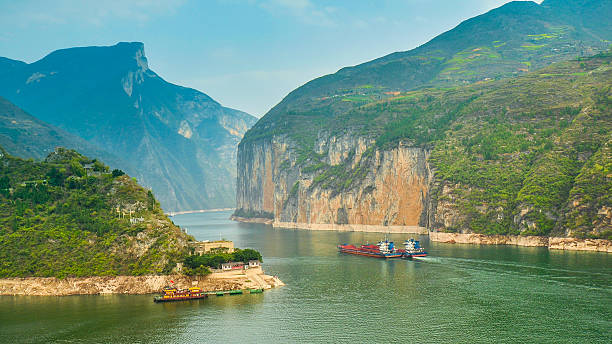
source: istock
Origin and Path
The Yangtze starts in the Tibetan Plateau, extending 6,300 kilometres across China to the East China Sea.
Significance
This river is crucial for China’s economy, supporting major cities along its banks with water for farming and industry.
Mississippi River: America’s Water Highway
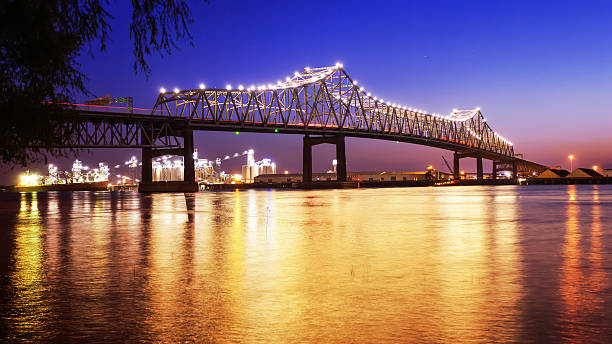
source: istock
Origin and Path
Flowing 6,275 kilometres from Minnesota’s Lake Itasca to the Gulf of Mexico,
Role in Trade and Commerce
It’s a vital conduit for agricultural and industrial shipments across the central U.S.
Yenisey River: Siberia’s Power Source
source: istock
Origin and Path
Beginning in Mongolia, the Yenisey runs 5,539 kilometres through Siberia.
Hydroelectric Power
It is significant for Russia’s energy sector, hosting some of the largest hydroelectric stations.
Yellow River: The Cradle of Chinese Civilization
source: istock
Origin and Path
The Yellow River or Huang He, stretches 5,464 kilometers through northern China.
Challenges and Contributions
Known for its devastating floods, it's also revered as the birthplace of ancient Chinese empires.
Ob River: Siberia’s Lifeline
 |
|
source: istock
Origin and Path
The Ob flows 5,410 kilometres across western Siberia.
Transportation and Resources
It serves as a crucial navigation route in Russia, vital for accessing remote Siberian regions.
Río de la Plata: River or Estuary?

source: istock
Origin and Path
At 4,880 kilometres, this estuary between Argentina and Uruguay is a major South American river system.
Economic Importance
It supports extensive agricultural and urban areas along its banks.
Congo River: Africa’s Deep River

source: istock
Origin and Path
The Congo measures about 4,700 kilometres, carving through the Congo rainforest.
Ecological Significance
It is known for its depth and serves as a key waterway for Central African countries.
Amur River: A Natural Border

source: istock
Origin and Path
Flowing 4,444 kilometers, the Amur marks the border between Russia and China.
Environmental Impact
It plays a critical role in the regional ecosystem, supporting diverse wildlife.

